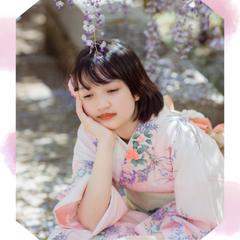Today’s my Bento
A statue of Venus wrapped in a gyoza wrapper can be found in Utsunomiya ( Tochigi Prefecture).


❶ Hash brown
❷ Takoyaki
❸ Japanese cucumber Carrot salad
❹ Cherry tomato
❺ Spinach Sauté
❻ Fried Gyoza
❼ Cheese
❽ Japanese white radish Simmer
❾ Ground pork Squash Simmer
❶ ハッシュポテト
❷ たこ焼き
❸ 胡瓜、人参のサラダ
❹ ミニトマト
❺ ほうれん草のソテー
❻ 焼き餃子
❼ チーズ
❽ 大根の煮物
❾ 豚挽き肉、南瓜煮
About Gyoza
・餃子(ぎょうざ)
・Gyoza
・Dumplings filled with ground meat and
vegetables


Gyoza are pan-fried dumplings filled with savory ingredients and are a staple of Japanese cuisine. They are similar to Chinese jiaozi and potstickers, but have some distinct characteristics that set them apart.
Distinguishing Features
Japanese gyoza are typically smaller and more delicate than their Chinese counterparts. They are also made with thinner wrappers, which results in a crispier texture when pan-fried. The fillings for gyoza typically include ground pork, cabbage, and various aromatics like ginger, garlic, and sesame oil.
Serving and Dipping Sauce
Gyoza are commonly served with a simple dipping sauce made from soy sauce, vinegar, chili oil, and sesame oil.
Popularity and Cultural Significance
Gyoza are a popular dish in Japan and can be found at restaurants, izakayas (Japanese pubs), and even convenience stores. They are a versatile dish that can be enjoyed as an appetizer, snack, or main course.
Gyoza Variations
There are many regional variations of gyoza in Japan, with different fillings and cooking methods. Some popular variations include:
- Yaki gyoza: Pan-fried gyoza, the most common type.
- Sui gyoza: Boiled gyoza, served in a savory broth.
- Age gyoza: Deep-fried gyoza, with a crispy exterior.
Gyoza Making Classes
If you’re interested in learning how to make gyoza from scratch, there are many cooking classes available in Japan. These classes are a great way to learn the traditional techniques of gyoza making and to try your hand at making your own delicious dumplings.
They are a must-try for any visitor to Japan!



